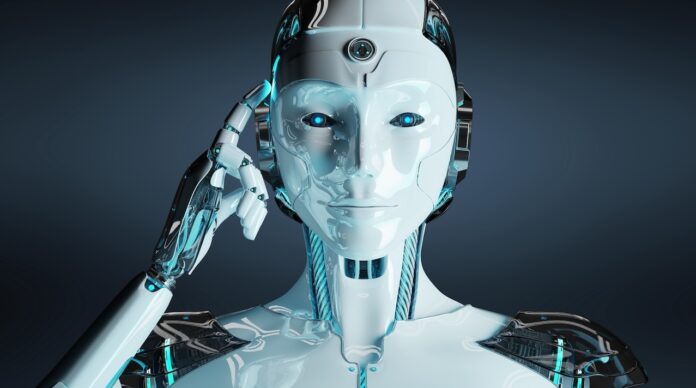FUTURE AI, Microsoft, AND OPENAI WORKING TO CREATE A HUMANOID ROBOT
It is a well-documented fact that technology is rapidly advancing towards the future. The recent news of Neuralink installing the first neural implant in a human brain has been making headlines for good reason. This breakthrough has far-reaching implications in the fields of technology, medicine, and ethics.
The boundaries of what is possible are constantly being pushed, as evidenced by the ongoing negotiations between Future AI on one side, and Microsoft and OpenAI on the other, for the creation of a humanoid robot.
FUTURE AI PARTNERS WITH MICROSOFT AND OPENAI
According to Bloomberg, Future AI, a company specializing in humanoid robot development, is in advanced stages of negotiations with Microsoft. Microsoft, which has been increasingly focusing on its partnership with OpenAI, is reportedly considering investing in Future AI. The potential deal involves a $500 million round of investment, with Microsoft and OpenAI contributing a combined total of $100 million. Bloomberg also reports that this investment could value Figure AI, founded in 2022, at $1.9 billion.
FIGURE 01: THE HUMANOID ROBOT
Future AI’s humanoid robot, currently referred to as Figure 01, is intended for tasks too dangerous for humans. With OpenAI’s involvement, the robot is expected to have additional capabilities, the details of which are not yet public. The timelines for the release of the product are also currently undisclosed.
A NEW GENERATION OF HUMANOID ROBOTS
It appears that a new generation of humanoid robots is in development. Recently, Norwegian Startup 1X Technologies, supported financially by OpenAI, secured $100 million in funding. Elon Musk‘s Optimus, another humanoid robot, has been a topic of discussion since early 2022. Musk has now revealed that the first Optimus humanoid robots, also known as Tesla Bots, may become operational as early as next year and are expected to cost less than $20,000 each.
The recent circulation of a Video featuring Optimus folding T-shirts, which Musk shared in a post, has garnered attention. The humanoid robot’s precise capabilities and applications are yet to be fully unveiled.
NEW DEVELOPMENTS
Exciting progress is being made by various parties in the development of humanoid robots. For example, the University of Tokyo recently showcased Alter3, a robot capable of assuming different human-like postures during a conversation. Alter3, using OpenAI’s GPT-4 language model, can take selfies and mimic someone playing the guitar. Additionally, the integration of the Boston Dynamics’ robot dog, Spot, with ChatGPT has enabled it to speak.
A notable development is the purchase of a Robot Spot prototype, named Saetta, by the Carabinieri’s Artificers Department in Rome. Saetta, the robot dog, will collaborate with the department’s bomb squad.
In conclusion, the progress in the development of humanoid robots is undeniable. The collaborative efforts of Future AI, Microsoft, and OpenAI, along with the advancements made by other innovators in the field, indicate that humanoid robots are poised to revolutionize several industries in the near future. As technology continues to progress, the ethical, social, and economic implications of humanoid robots will undoubtedly be scrutinized and debated. The year ahead promises to be an exciting and transformative period in the world of robotics.

